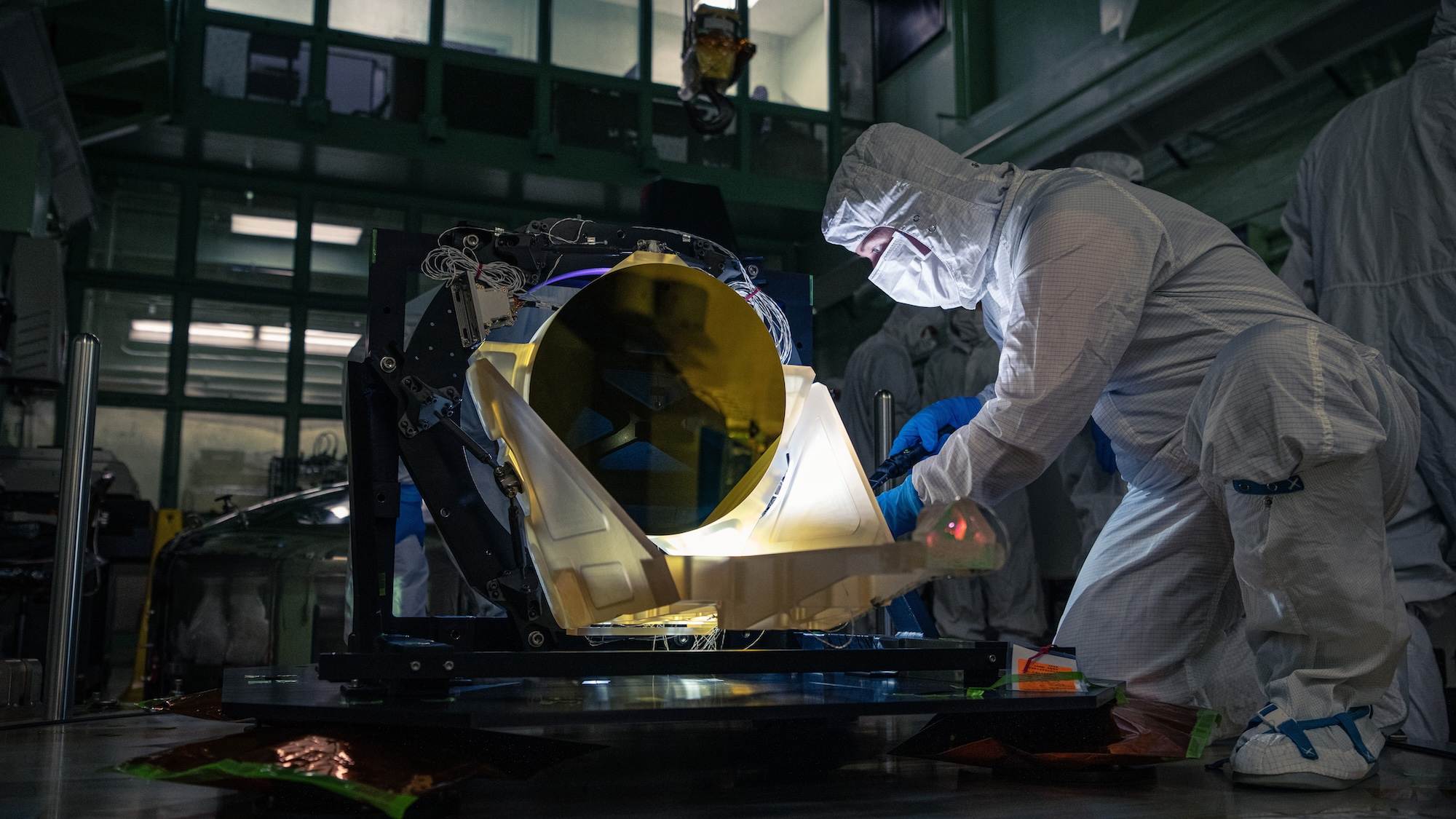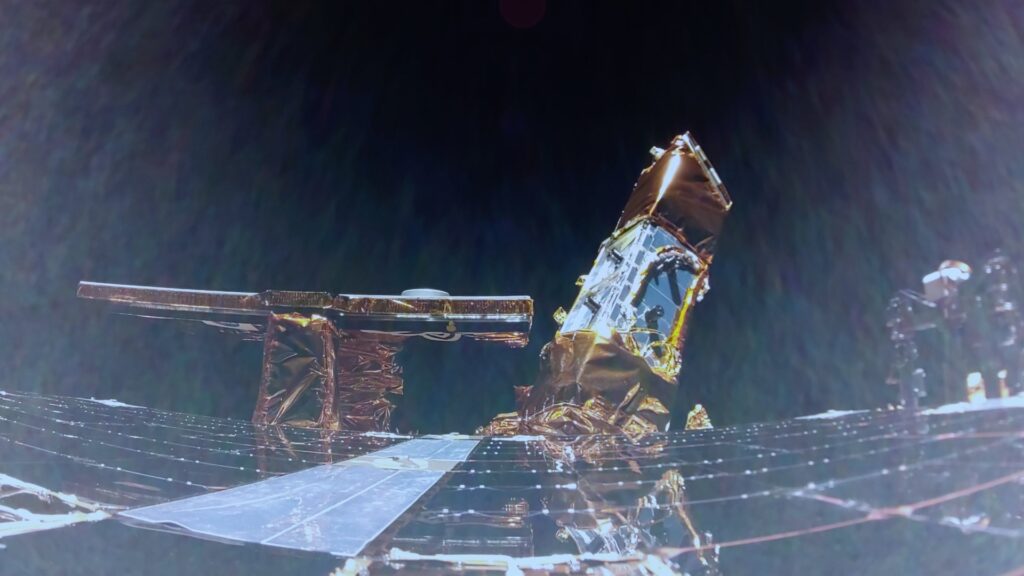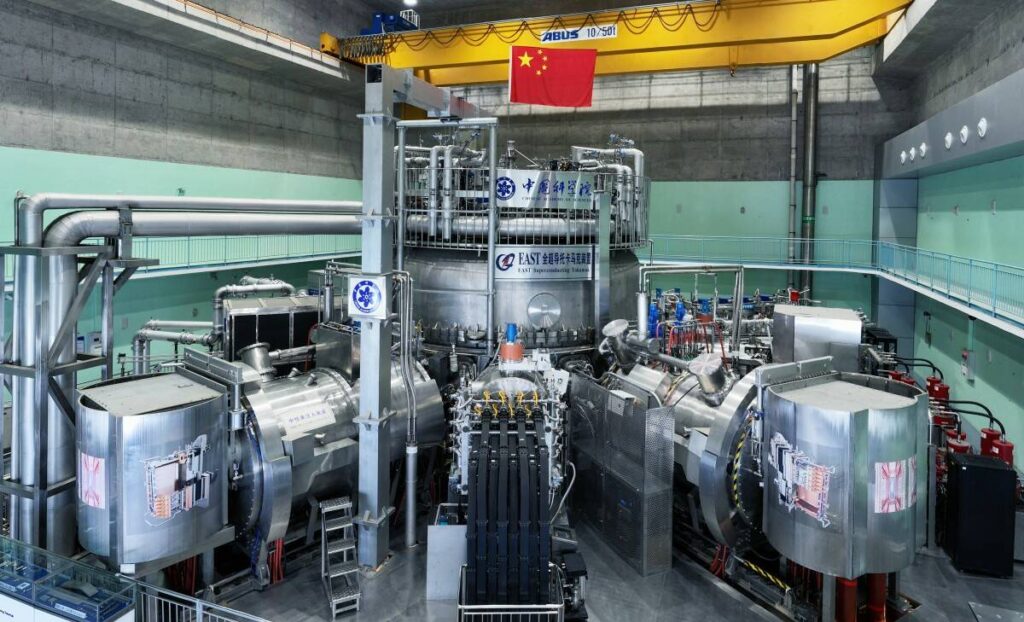NASA unveils model of LISA, a satellite array for studying ripples in space-time

NASA Space Technology

NASA has released new images of the full-scale prototypes of six telescopes slated to observe some of the universe’s tiniest fluctuations. On October 22, the agency showed off mock-ups of the Laser Interferometer Space Antenna (LISA), a European Space Agency-led project slated to embark on its mission around 2035. While not the final working equipment meant to measure gravitational waves, the mock-up offers glimpses of a design that will likely resemble the machine array destined to help astronomers discover potentially groundbreaking insights into the universe and its origins.


In about a decade’s time, three carefully arranged spacecraft, each containing two telescopes, are slated to begin firing infrared laser beams 1.6 million miles between one another to measure the effects of cosmic gravitational waves. The ESA and NASA hope LISA will reveal new information from ripples in spacetime that span just trillionths of a meter. The intricacies of supermassive black holes, binary star collisions, and even the universe’s earliest moments may reside in LISA’s data—but before that, NASA needs to make sure their overall designs are flawless.
[Related:[Related:ESA will send a triangle of satellites into space to study gravitational waves.]
On Wednesday, the agency showed off its mock-ups of the LISA spacecraft, called the Engineering Development Unit Telescope. Ryan DeRosa, a researcher at NASA’s Goddard Space Flight Center, explained in an accompanying statement that the “prototype… will guide us as we work toward building the flight hardware.”

While each spacecraft will ultimately contain a solid, gold-platinum cube to help reflect laser beams traveling distances wider than the Sun, NASA commissioned its Engineering Development Unit Telescope on a smaller budget. The prototype is constructed entirely from an amber-hued glass-ceramic composite known as Zerodur and sourced from Germany. Meanwhile, the equipment telescope’s primary mirror is still coated in gold to help reflect the lasers while reducing heat loss—according to NASA, the telescope needs to counter deep space’s harsh environment, since it operates best when at room temperature.
[Related:[Related:Gravitational waves just showed us something even cooler than black holes.]
There are still a few years until LISA launches aboard an Ariane 6 rocket from the ESA’s spaceport in French Guiana. Even so, full-scale test-builds like NASA’s Engineering Development Unit Telescope help ensure the actual spacecraft will be best equipped to aid experts in studying some of the most delicate forces in the universe.
Discover more from Tamfis Nigeria Lmited
Subscribe to get the latest posts sent to your email.



 Hot Deals
Hot Deals Shopfinish
Shopfinish Shop
Shop Appliances
Appliances Babies & Kids
Babies & Kids Best Selling
Best Selling Books
Books Consumer Electronics
Consumer Electronics Furniture
Furniture Home & Kitchen
Home & Kitchen Jewelry
Jewelry Luxury & Beauty
Luxury & Beauty Shoes
Shoes Training & Certifications
Training & Certifications Wears & Clothings
Wears & Clothings
















